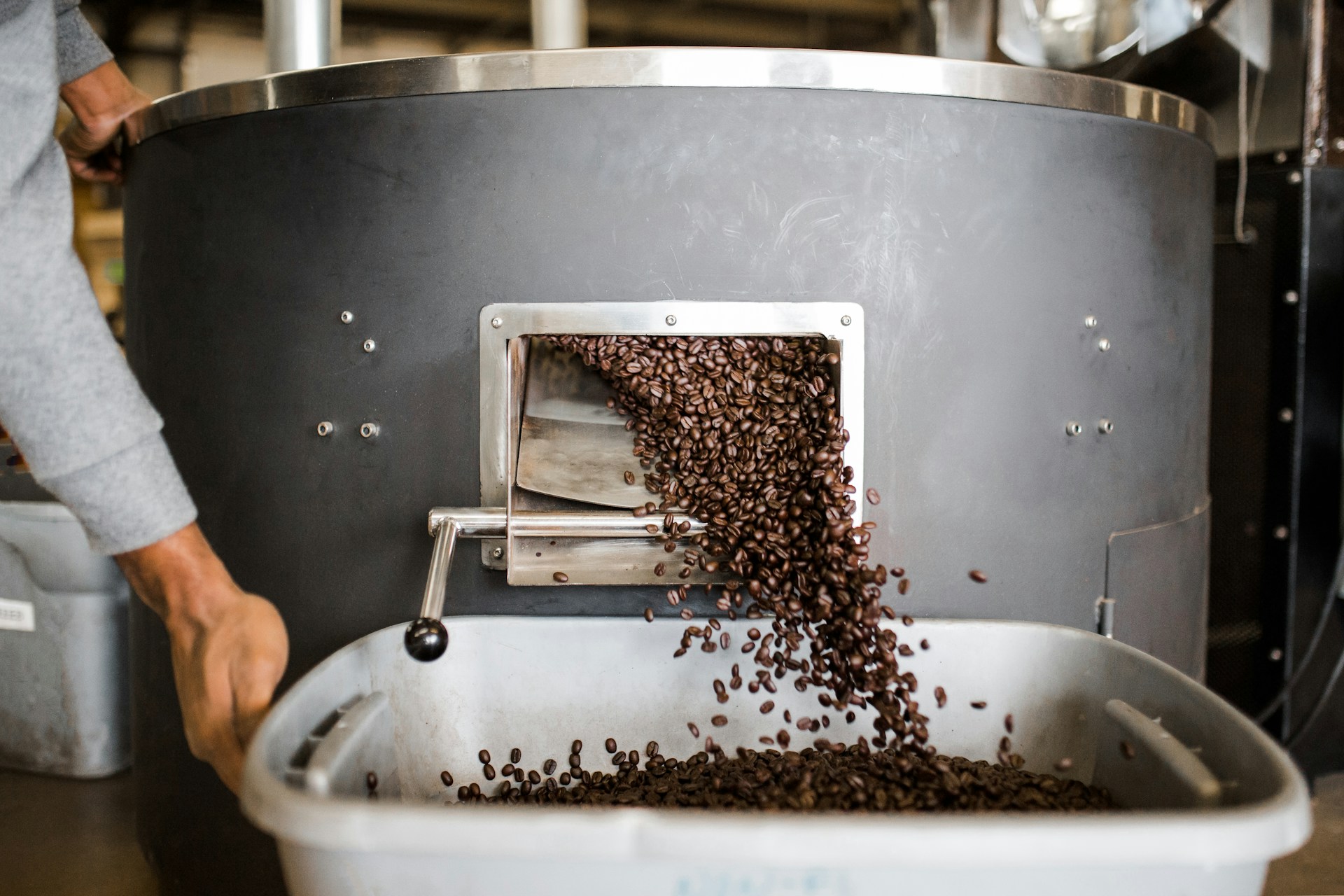Second Crack

Photo: Andrew Neel
Second Crack is a key stage in the coffee roasting process, marking the point where beans undergo further structural changes due to prolonged exposure to heat. It occurs after the initial first crack, and signals the transition from medium to dark roast profiles. As the beans continue to roast, the cell walls begin to fracture a second time, creating a distinct crackling sound, which is generally softer and more rapid than the first crack.
During second crack, oils from inside the coffee bean start to migrate to the surface, and the roast takes on darker, more intense flavors. The sugars within the beans begin to caramelize at a deeper level, often leading to flavors associated with dark chocolate, spices, and smokiness. However, if the roast continues beyond this point, the coffee can quickly become over-roasted, taking on bitter, burnt flavors.
For many roasters, second crack is the threshold for dark roasts like French or Italian roasts. While lighter roast enthusiasts focus on preserving the nuanced flavors of the origin, dark roast fans often appreciate the bold, robust profiles that emerge after second crack. However, the longer you roast past this point, the more you risk losing the unique characteristics of the coffee’s origin, as the roast profile begins to dominate the flavor.
Roasters need to carefully monitor the development during second crack, as the difference between a perfectly developed dark roast and an overcooked bean can be just a matter of seconds. Mastering this stage is crucial for creating a well-balanced dark roast that maintains body and sweetness without tipping into bitterness.